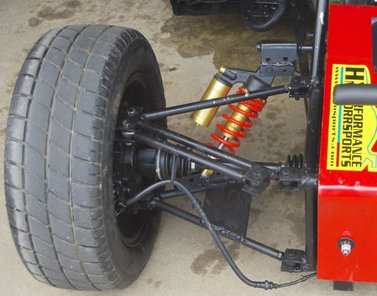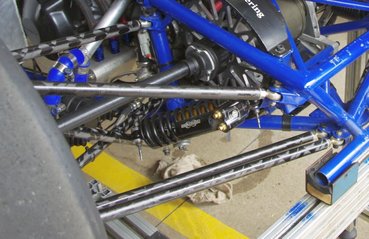If you were driving formula SAE car, going around the skid pad
ie steady state (well relatively steady steering angle and turn radius anyhow..)
what angle of toe deflection (at the axle) is acceptable?
0.0-0.2 deg
0.2-0.4 deg
0.4-0.6 deg
0.6-0.8 deg
I'd really appreciate both "gut feeling" responses, and those from teams with experimental testing data
thanks in advance
Frank

|
|



 Reply With Quote
Reply With Quote

